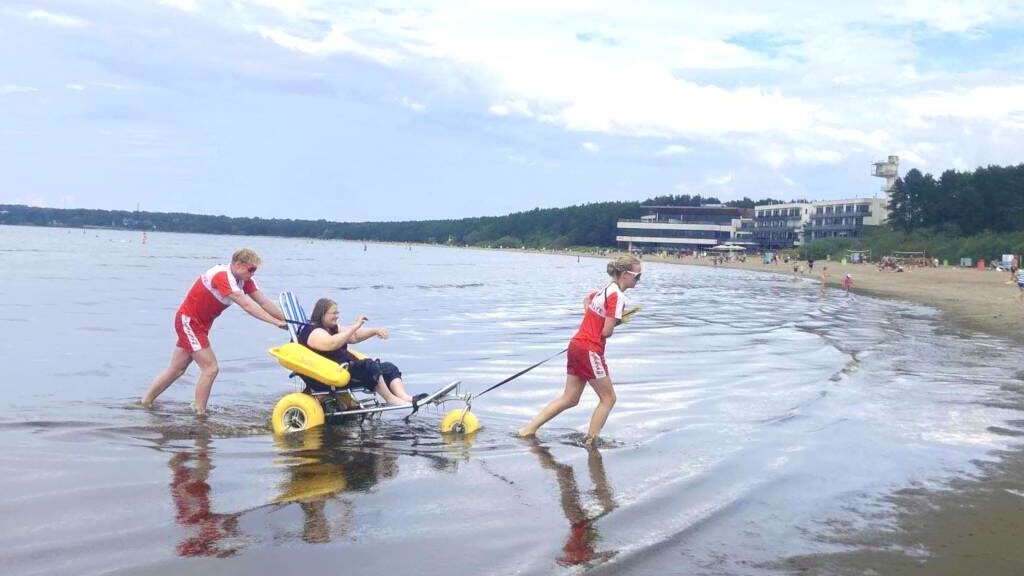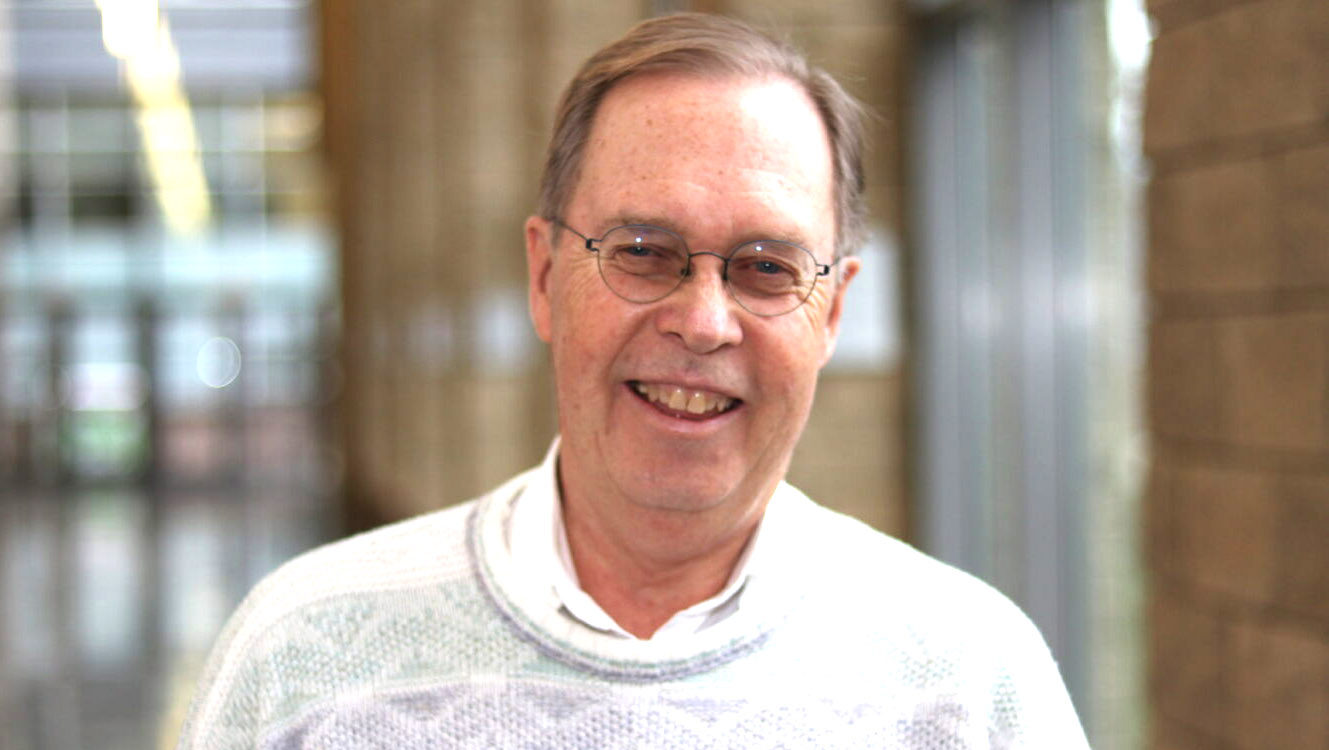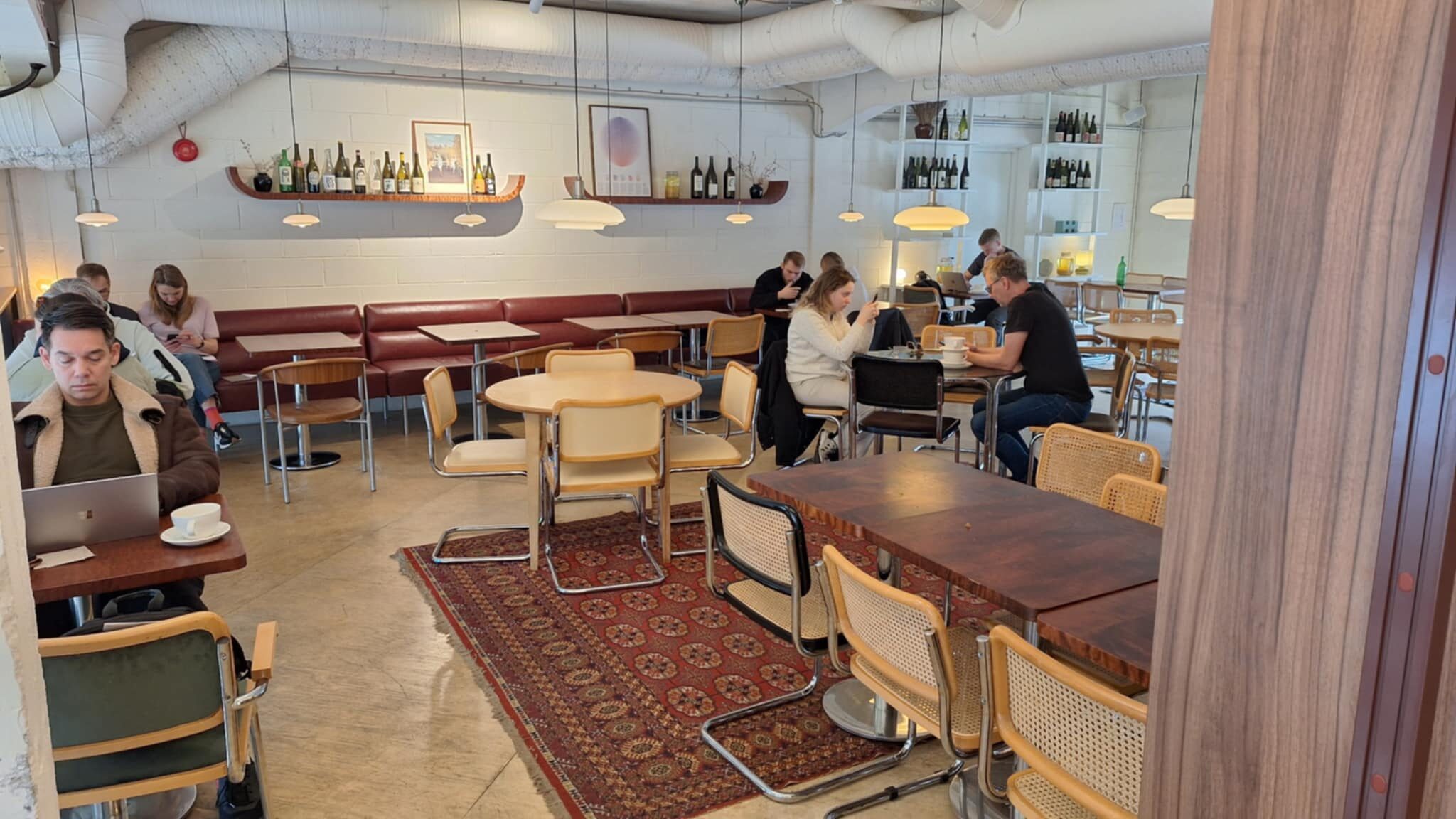In late July, while strolling along Pirita Beach in Tallinn, I was amazed by a heartwarming and professionally executed scene: a team of trained professionals assisting a woman with limited mobility in a specialized water wheelchair as she emerged from the sea. The precision and care with which the team operated were truly impressive, prompting me to learn more about how they acquired these specialized skills. Henry Seemel, head of the Water Rescue Department, explained to me that this accessible beach initiative began two years ago, allowing people with limited mobility to enjoy the sea safely with the help of dedicated assistants.
Henry also mentioned Pikakari Beach, another site offering this special service. As a Blue Flag beach, Pikakari meets international standards for water cleanliness and visitor amenities. I asked Henry to talk in more detail the training and dedication required to maintain such high standards of safety and accessibility.

Source: Henry Seemel
How are the rescue teams formed?
The rescue teams consist of experienced veterans who have been part of our team for seven, eight, or even ten seasons as well as the newcomers who are usually students and university applicants. For these newcomers, we provide special training.
When and where are the training sessions held?
We conduct training sessions every spring, specifically in April and May. The sessions take place in two locations: in Tallinn and in Tartu. Those who will eventually work in rescue teams in the northern regions of the country study in Tallinn, while those assigned to the southern region train in Tartu.
What subjects are covered in these training sessions?
The training includes both theoretical and practical disciplines. One of the key areas is first aid, encompassing both theory and practice. We allocate sixteen hours to medical training as per established state standards. We start with an overview of how the first aid system operates, ultimately aiming for each participant to be able to work independently with a casualty. Additionally, we pay special attention to teamwork, as providing assistance in a group is generally easier. However, our goal is to ensure that each rescuer can operate solo in any situation, from passing on information to delivering first aid.
We also focus on physical conditioning and practical rescue techniques in open water, which includes operating a motorboat. Trainees learn to navigate in the water and interact with the wind. They are also trained in the best ways to rescue people. One of the most challenging skills is running from the headquarters across the sand to the sea, swimming three hundred meters to reach a casualty, and dragging them back to shore.
“While strong swimming skills are crucial, being open to communication is equally important. Psychological characteristics play a significant role in this job.”
(Henry Seemel)
Furthermore, we cover psychological aspects of the job. Rescuers must communicate effectively with diverse individuals on the beach, each with their own cultures and beliefs. Establishing mutual understanding can be challenging, and in some cases, we may need to involve the police for individuals with whom it’s difficult to come to an agreement.
What qualities do you look for in potential team members?
First and foremost, we seek sensible and reasonable individuals. A genuine desire to work in a rescue team is vital, along with strong swimming skills. In essence, a lifeguard must be a reasonable person and a proficient swimmer. These are the foundational requirements; all other skills our trainees get during the instruction. The first season after training serves as a probation period to determine if the job is a good fit. While strong swimming skills are crucial, being open to communication is equally important. Psychological characteristics play a significant role in this job.
You mentioned that psychology is one of the subjects taught during training. Who teaches this course, and how is it delivered?
A psychologist with police experience. Given his background, he has encountered a wide array of individuals in various situations. He not only presents theoretical knowledge but also shares real-life anecdotes that illustrate human behaviour in specific scenarios. His storytelling ability is exceptional. Through his examples, he prepares trainees for potential situations they might face on the beach and guides them on how to respond and communicate effectively.
Can you tell me about the other instructors involved in the training?
We employ instructors whose theoretical knowledge is supported by extensive practical experience. For instance, we have a professional from the rescue department, a doctor specializing in emergency care teaches medical training, and a top swimmer serves as our swimming coach.

Is there a special coach who teaches your team how to interact with people with disabilities?
Yes, our training course for rescuers includes a module on supporting individuals with special needs. This topic is taught by two instructors: one is a trainer who himself uses a wheelchair, and the other focuses on the theoretical aspects of rescue training. They emphasize the specific needs of people with limited mobility, highlighting what to pay attention to and what to avoid. It’s crucial to understand that many individuals with disabilities prefer to maintain their independence and do not want excessive attention drawn to their challenges. We strive to adhere to the guidance provided by these two specialists. The trainer in the wheelchair serves not only as an educator but also as a real-life example. I am sure it is quite challenging for him to be transferred from one wheelchair to another again and again, and we are deeply grateful for his collaboration.
In practice, it becomes evident how difficult it is to physically move someone without causing harm or discomfort. This responsibility weighs heavily on our rescuers. Fortunately, this year we acquired special cranes, thanks to the Tallinn Social Service, which have been installed at the Pirita and Pikakari beaches. This innovation eliminates the need for physical lifting; instead, individuals are transferred using specialized grips. It’s both convenient and aesthetically mindful.

Could you share how the concept of accessible beaches originated in Estonia?
The idea itself is not new — it originated in Southern Europe, where people tend to be more extroverted and open about their disabilities. Many beaches in those regions have long offered free access to specialized water chairs. In Estonia, however, this opportunity has only been available for the past two years.
How did you manage to bring this concept to fruition?
We began by creating an architectural model, with assistance from one of our former lifeguards who is now an architect. A collaborative effort involving lifeguards, technicians, and architects led to the model’s development. We also produced a video based on this idea. The project was then proposed to the municipal authorities. They took some time to make a decision, as implementing any initiative ultimately comes down to funding. Fortunately, two years ago, the project was realized, and the accessible beaches are now operational and ready to welcome visitors.
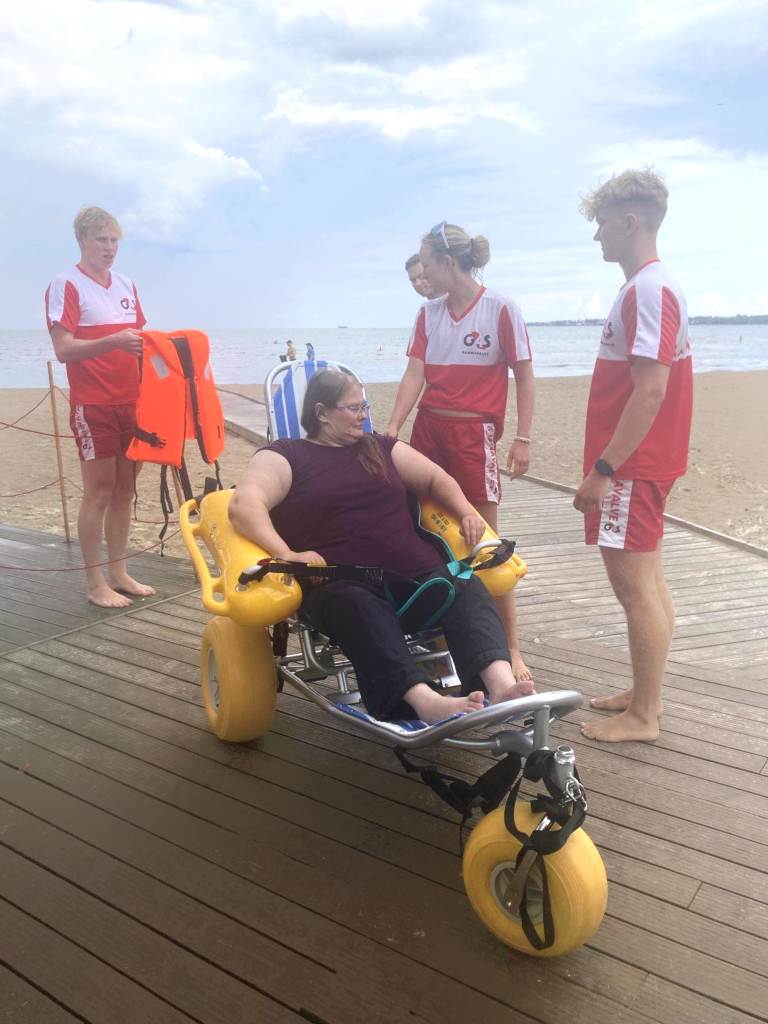
I had the opportunity to witness one of the beachgoers, Aune Mägi, swimming in the sea using a water chair, accompanied by the G4S team.
After swimming, Aune kindly agreed to share her thoughts with me at a café where she came with her friend E., who had accompanied her to the beach. Aune and E. have been friends for years. They got acquainted through the inclusive project “Special Sailors,” which allows individuals with limited mobility to go sailing alongside volunteers.
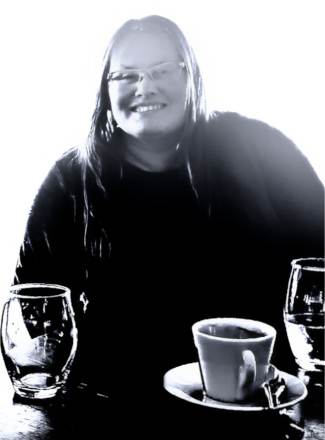
Aune moved to Tallinn from Rapla in 2016. Although she had already had experience swimming on beaches designed for people with limited mobility in Estonia, this was her first time at Pirita Accessible Beach.
I asked Aune to describe her impressions of the swim and her experience with the G4S lifeguard team on the shore.
“As many people as possible should take advantage of this service. Water is healing! It has a powerful therapeutic effect!”
(Aune Mägi)
“The staff member who assisted me in the water today was fantastic!” Aune said. “You can tell she has exceptional training. When the staff is so well trained, it’s wonderful because you hardly need to explain anything.”

Source: Jerry Mercury
Aune expressed her intention to swim again this year but complained that it is not so easy to do, since a trip to the beach has to be planned well in advance. “I need to coordinate the timing with my friend and book a special social taxi two to three weeks ahead,” she explained. “Taxis for people with special needs are always in high demand.”
When I asked her if she would recommend swimming at accessible beaches to others, Aune enthusiastically replied, “Absolutely! As many people as possible should take advantage of this service. Water is healing! It has a powerful therapeutic effect!”
Jerry Mercury, Tallinn
